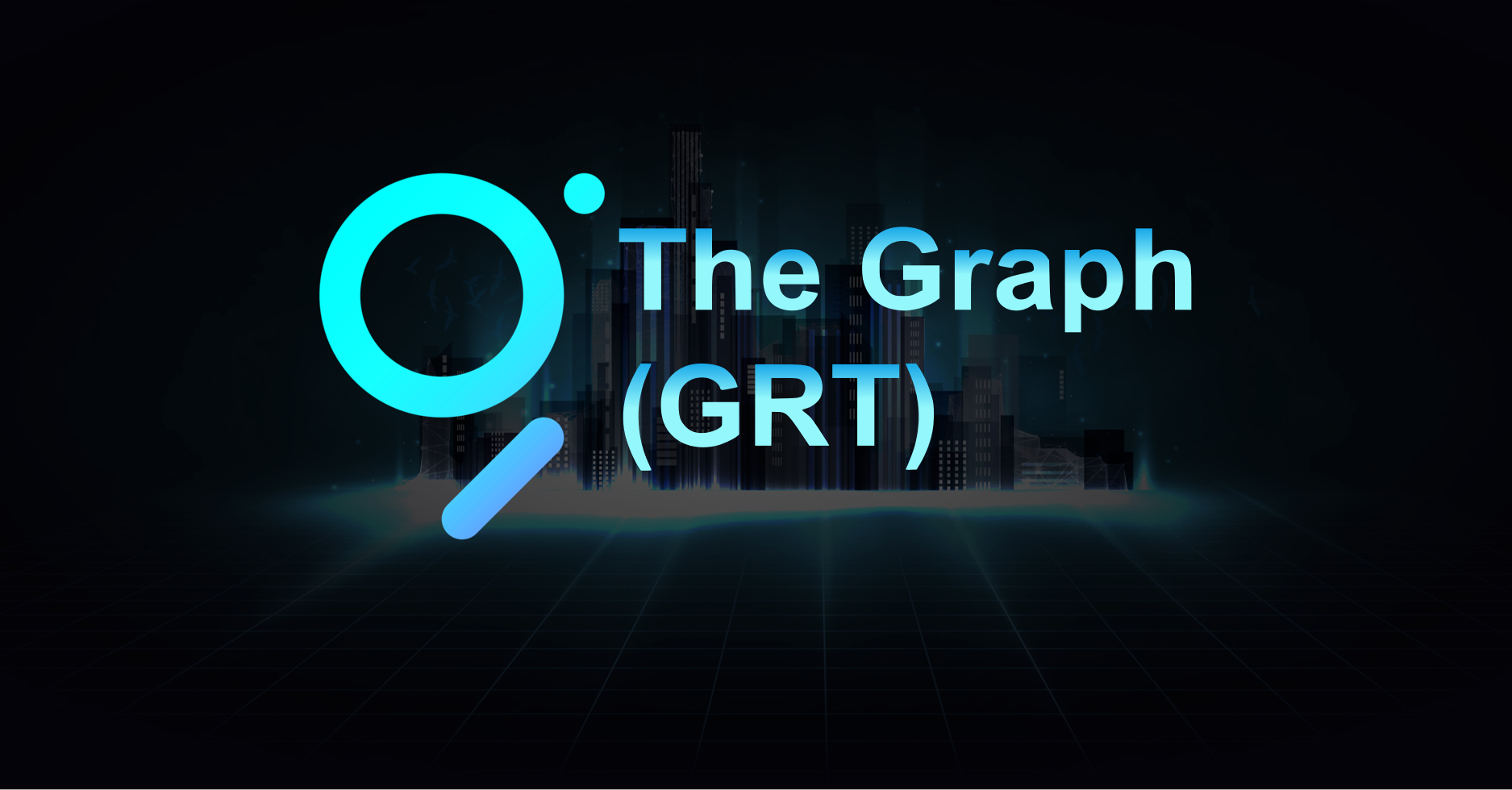Based on subgraph manifest definitions, the Graph understands what to index and how to index Ethereum data. The subgraph description specifies the smart contracts that a subgraph is interested in, the events that should be monitored in those contracts, and how event data should be mapped to data that The Graph will store in its database.
The Graph Network is made up of Indexers, Curators, and Delegators who feed data to Web3 applications and provide services to the network. Consumers interact with the apps and consume the info.
Participants stake and use GRT tokens to guarantee the economic security of The Graph Network and the integrity of data queried. GRT is an ERC-20 token on the Ethereum blockchain that is used to manage network resources. Active Indexers, Curators, and Delegators can give services and earn money from the network based on their services and stakes.
Developers
The developers can use the subgraph studio used specifically for subgraphs that can index the Ethereum mainnet. The developers can also use hosted services through which they index networks that are present outside the Ethereum mainnet.
Indexers
Indexers are node operators in The Graph Network who provide indexing and query processing services in exchange for GRT. Query fees and indexing rewards are paid to them in exchange for their efforts. They also profit from the Cobbs-Douglas Rebate Function, which distributes a Rebate Pool proportionally to the effort of all network contributors.
GRT that is staked in the protocol is subjected to a thawing period and can be shortened if Indexers are malicious and provide inaccurate data to apps, or if they index wrongly.
Curators stake GRT to indicate which subgraphs are high-quality and should be prioritized, and indexers determine which subgraphs to index based on the curation signal for that subgraph. Learn more about indexing rewards here.
Curators
Curators are crucial to The Graph decentralized economy because they review and signal the subgraphs that should be indexed by The Graph Network using their expertise in the web3 ecosystem. Curators can use Explorer to look at network data and make signaling judgments.
The Graph Network pays curators who flag high-quality subgraphs with a share of the query fees generated by those subgraphs. Early signaling is financially rewarded for curators. Indexers, who can then analyze or index the data from these signaled subgraphs, rely on these curator cues. Curators can choose to signal on a specific version of the subgraph or to use auto-migrate when signaling.
Delegators
Delegators cannot be removed for inappropriate behavior, but there is a deposit tax on them to discourage improper decision-making that could jeopardize the network’s authenticity.
On their delegated stake, delegators enjoy the protocol’s earnings with all indexers. When selecting Indexers, a Delegator must apply their best judgment based on a variety of considerations like the delegation fee, the delegation unbonding period, choosing a trustworthy indexer, and so on.
The total token supply of GRT tokens is 10,000,000,000 and the current circulating supply is set at 4.72B GRT.
The Graph (GRT) is now trading around $0.5772, as of Jan. 12, 2022. Its 24-hour trading volume on exchanges is around $95,110,709.
Source: https://coinmarketcap.com/alexandria/article/what-is-the-graph-grt-features-tokenomics-and-price-prediction


Comments